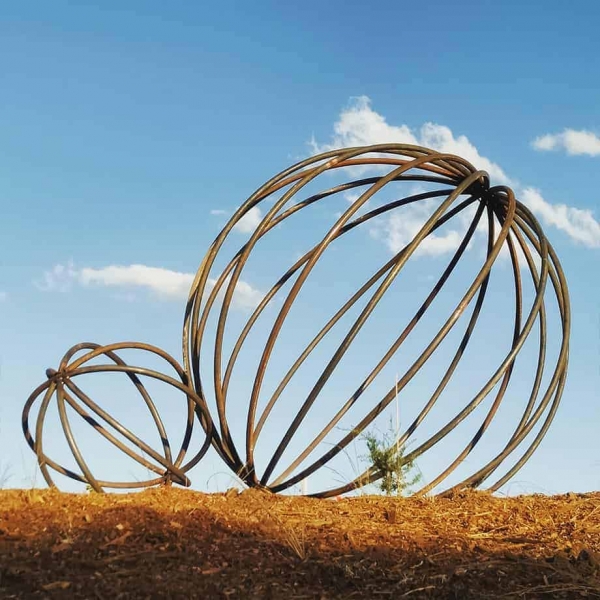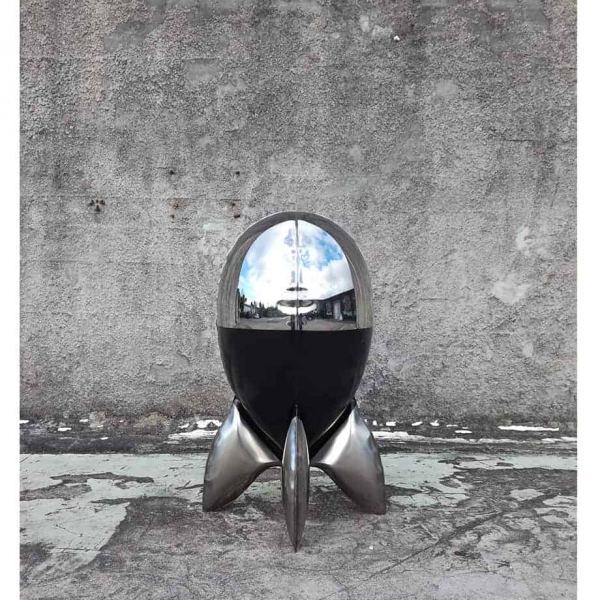Whether placed in a garden, courtyard, on a terrace or even on the wall, sculpture can serve as a focal point that captures the attention of anyone who enters the space. ARTpark carries a selection of round and spherical sculptures from artists around Australia. Our round sculptures are displayed in private and public spaces all across the country. Made from durable, high quality materials, our sculpture can withstand the harsh Australian weather conditions, making them a long lasting and meaningful addition to your outdoor space.
If you are looking for bespoke round and spherical sculpture to add to your collection, feel free to contact us to speak to one of our representatives, and we will be sure to assist with any and all of your sculpture related queries.{" "}
The History of Sphere Sculptures
The history of sphere sculptures can be traced back to ancient times when they were used in various cultures for both decorative and symbolic purposes. In Egypt, for example, the use of the sphere shape was prevalent in art and architecture, with the famous Great Pyramid of Giza featuring a spherical capstone. Similarly, the Greeks and Romans used sphere shapes in their art and sculptures, often depicting the globe as a symbol of the world or the universe.
In Australia, the use of sphere sculptures has also been prevalent, with many contemporary artists incorporating the shape into their works. One notable example is the "Red Centre" sculpture by Australian artist Lisa Roet, which features a large metallic sphere that represents the planet Mars, while also symbolising the ancient Australian landscape.
The cultural significance of sphere sculptures varies around the world, but they often represent concepts such as wholeness, completeness, and universality. In Buddhist culture, for example, the sphere shape is used to symbolise the interconnectedness of all things, while in Hinduism, it represents the concept of the cosmic egg.
Overall, sphere sculptures have played a significant role in art and culture throughout history, with their simple yet powerful shape conveying important symbolic meanings. Whether used in ancient architecture or contemporary art, the sphere shape continues to inspire and captivate people around the world.
Themes & Motifs Around Round Sculptures
Round sculptures have a long history of being used to symbolise important concepts and themes, from ancient cultures to contemporary art. One of the most common themes associated with round sculptures is that of wholeness, completeness, and unity. The perfect symmetry and smoothness of a sphere or ball can evoke a sense of harmony and balance that transcends individual parts and represents a greater whole.
In addition to representing unity and wholeness, round sculptures can also symbolise the natural world and the cosmos. The spherical shape of the Earth, moon, and other celestial bodies has been a source of inspiration for artists throughout history, and the use of the sphere in sculpture can evoke a sense of awe and wonder at the vastness and complexity of the universe.
Round sculptures can also be used to represent other abstract concepts, such as infinity, eternity, and the cyclical nature of life. In some cultures, the sphere is associated with spiritual enlightenment and the search for inner peace and wisdom.
Circle sculptures have a rich and varied history, with many different cultural and artistic influences shaping their design and meaning. One recurring theme in circle sculptures is the use of serpentine references, which can be seen in many different traditions around the world.
In ancient Greek and Roman art, for example, serpents were often depicted in circular or spiralling forms, and were associated with healing, rebirth, and transformation. In Hindu and Buddhist art, the circle or mandala often features serpentine imagery, representing the kundalini energy that rises from the base of the spine to the crown of the head.
Overall, the significance of round sculptures goes far beyond their physical form. Whether representing wholeness and unity, the natural world and the cosmos, or other abstract concepts, these sculptures can serve as powerful reminders of the interconnectedness and complexity of the world around us.

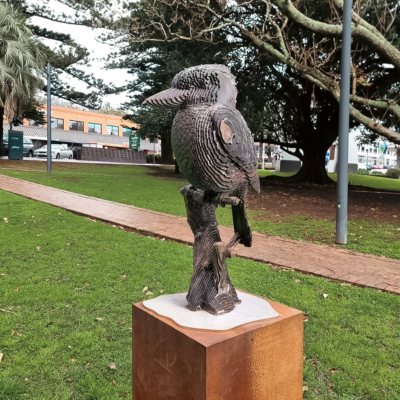
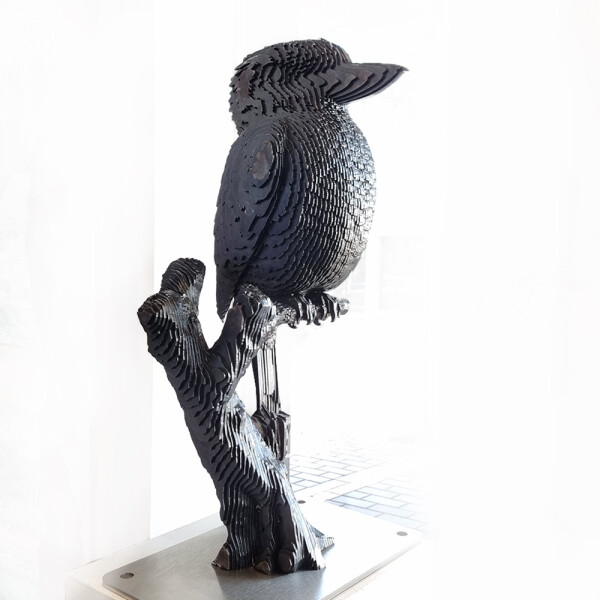
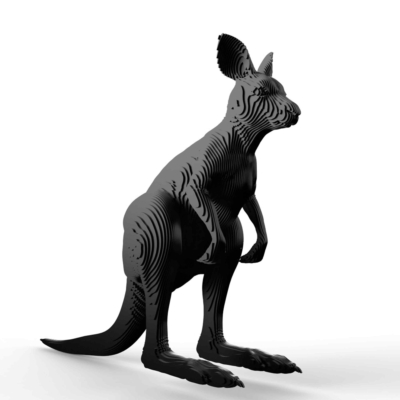

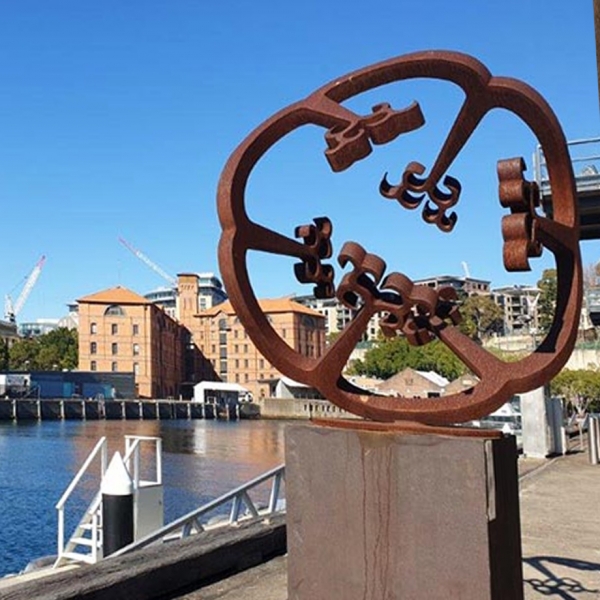
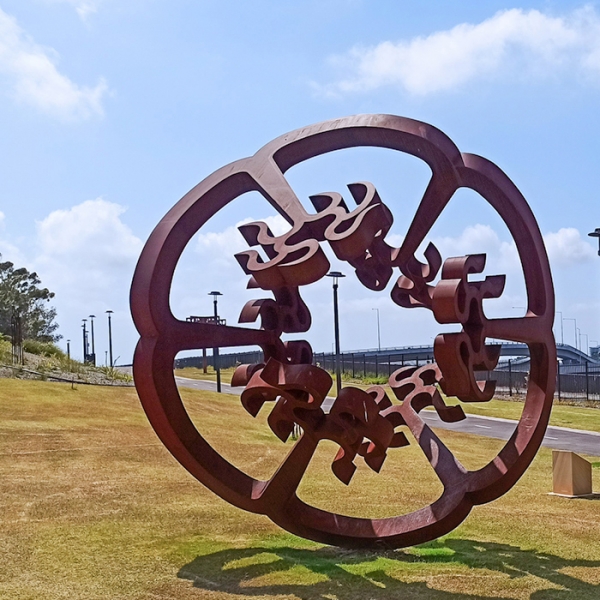
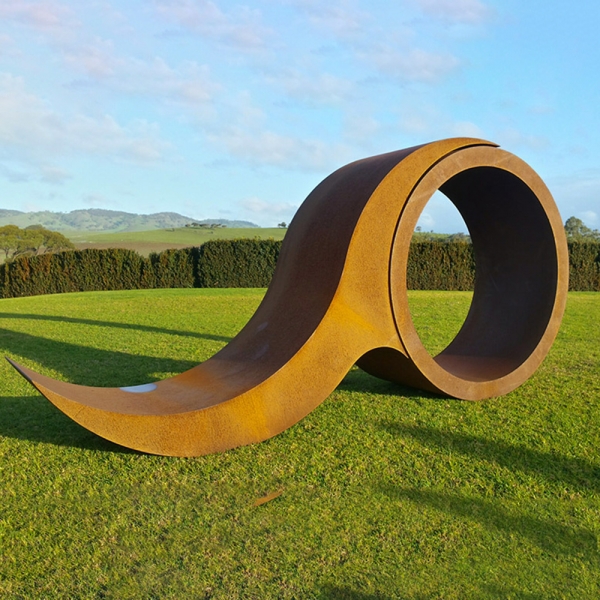
![biosis-320cm-CORTEN-STEEL-[corten,outdoor,landmark]-david--ball-australian-sculpture](https://artpark.com.au/wp-content/uploads/2021/06/DB-Biosis-320x480x640cm-MR.jpg)


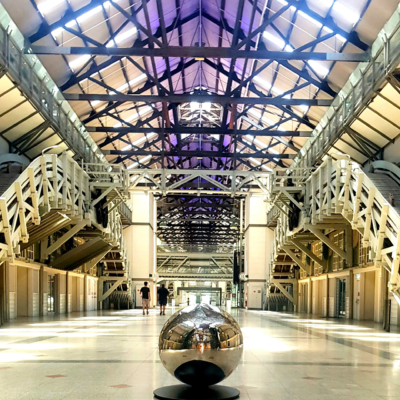
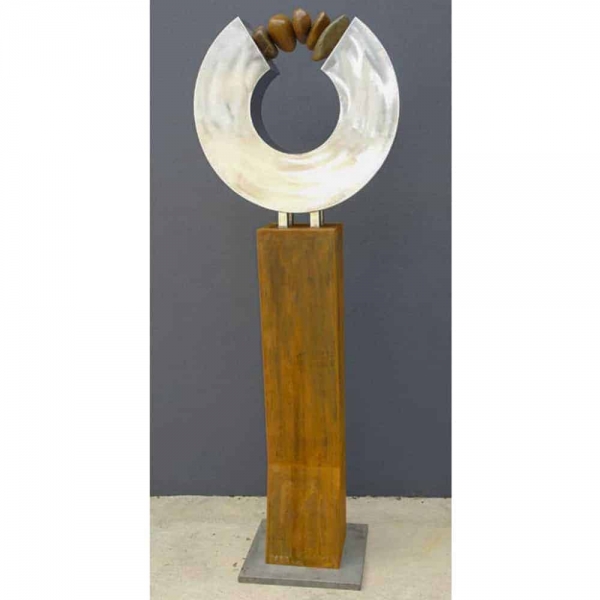
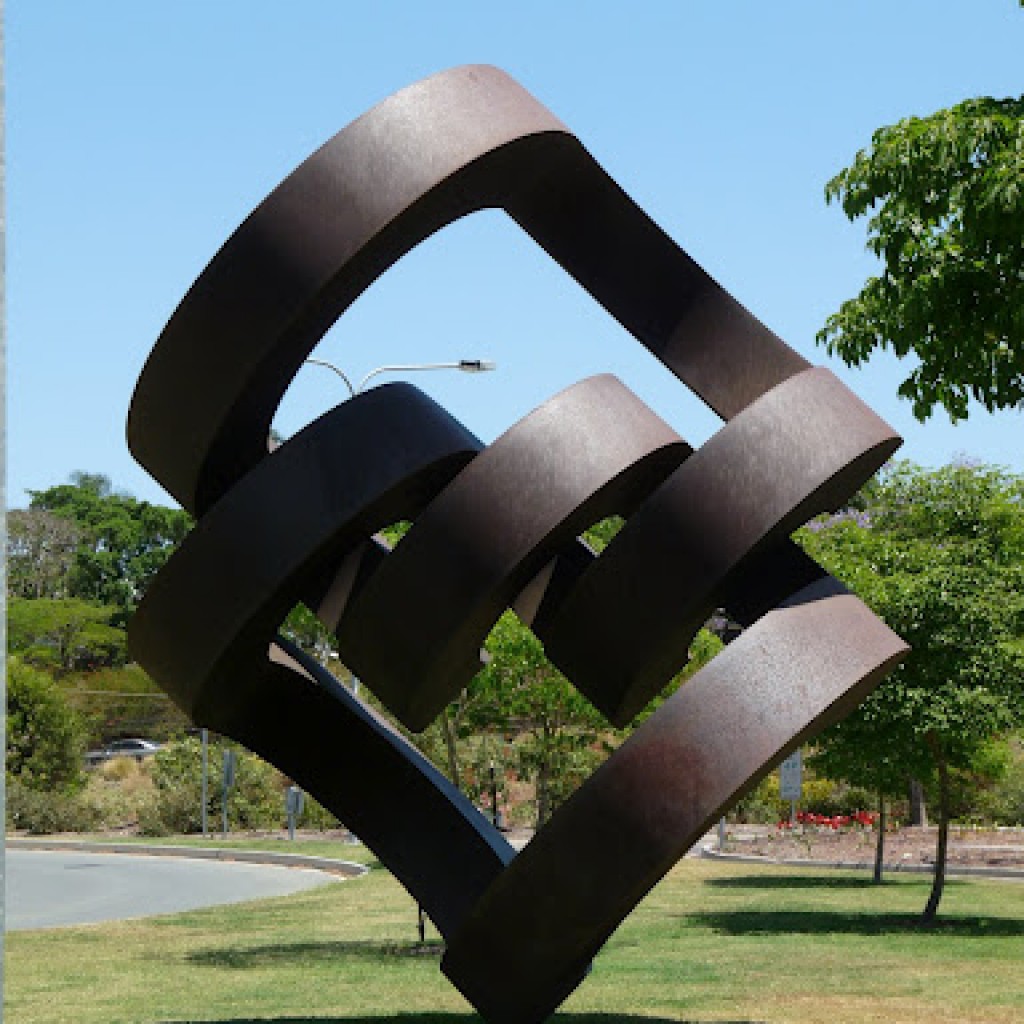
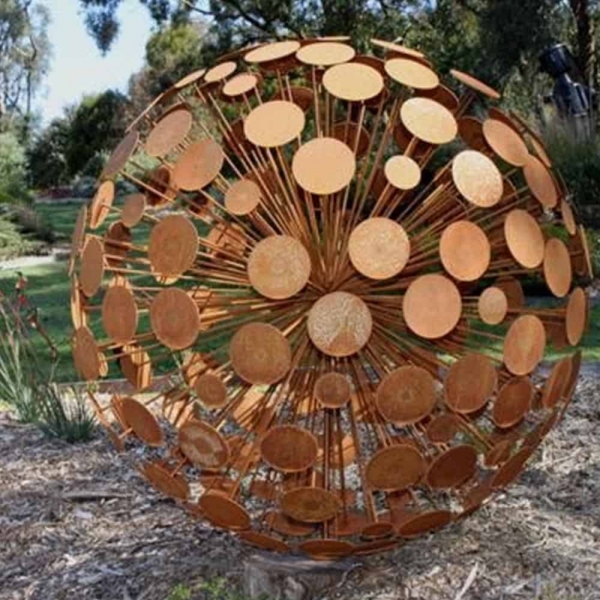
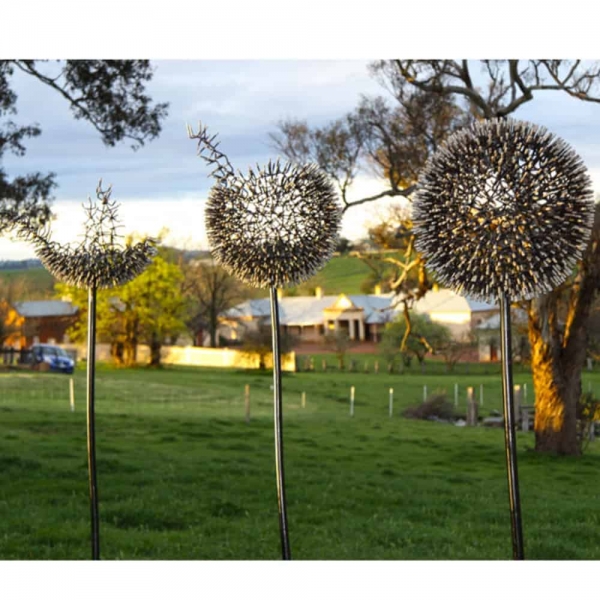



![Elipse-240cm-CORTEN-STEEL-[corten,outdoor,landmark]-david-ball-australian-sculpture](https://artpark.com.au/wp-content/uploads/2021/06/Elipse-240cm-CORTEN-STEEL-cortenoutdoorlandmark-david-ball-australian-sculpture-600x600.jpg)
![Elipse-Tower--440cm-CORTEN-STEEL-[corten,outdoor,landmark]-david-ball-australian-sculpture](https://artpark.com.au/wp-content/uploads/2021/06/Elipse-Tower-440cm-CORTEN-STEEL-cortenoutdoorlandmark-david-ball-australian-sculpture-600x600.jpg)
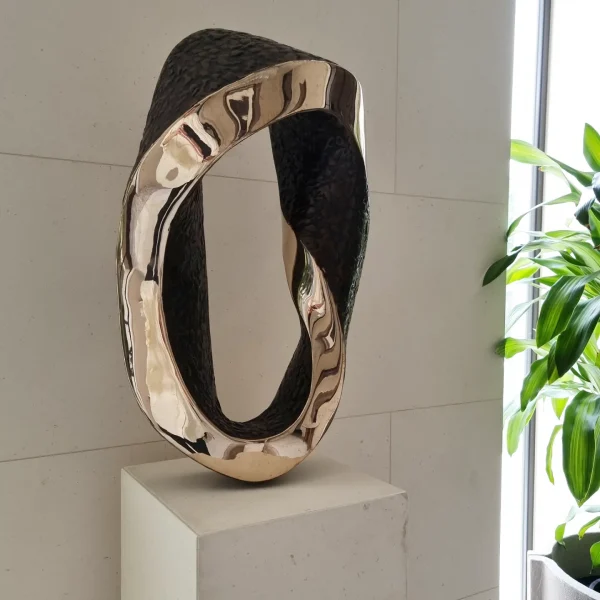
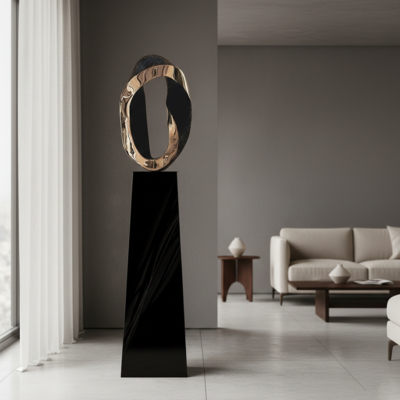
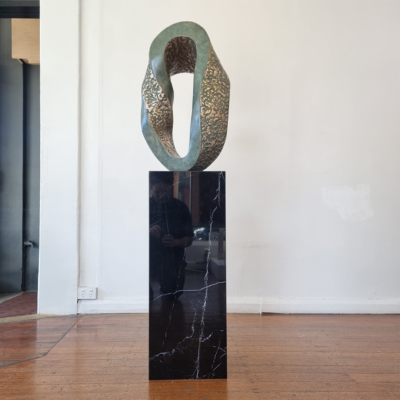

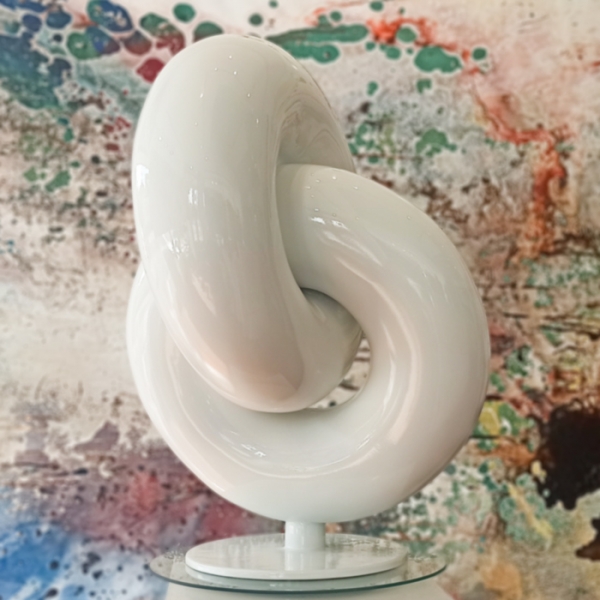


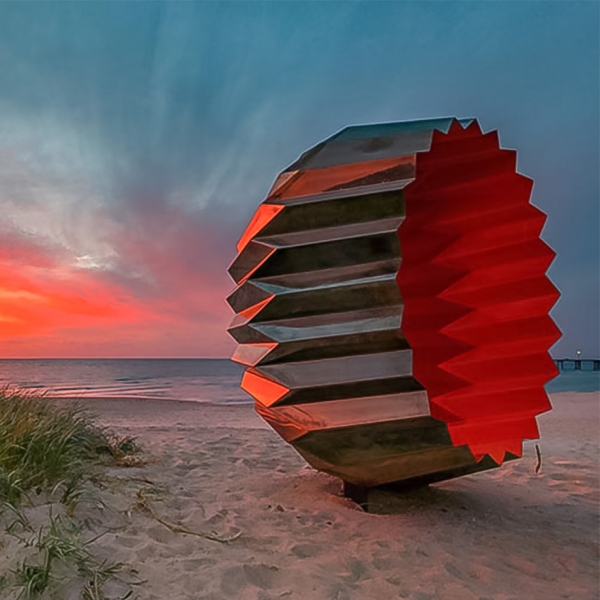

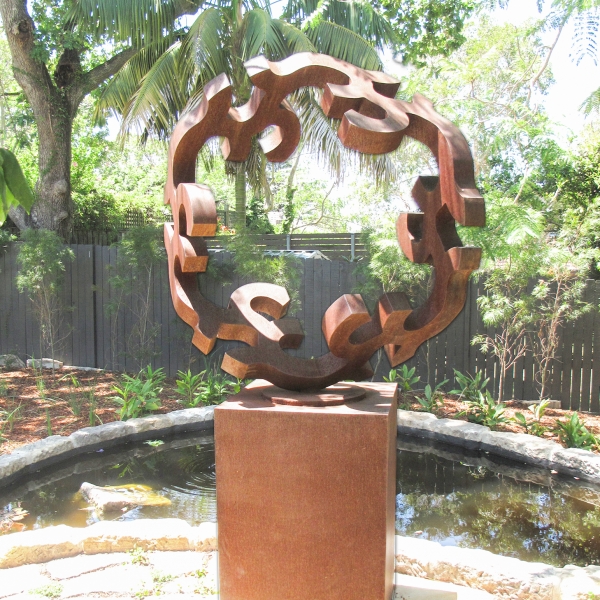

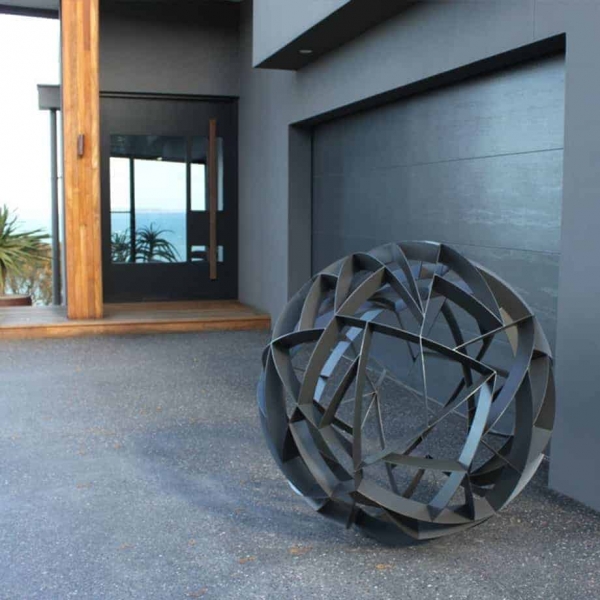
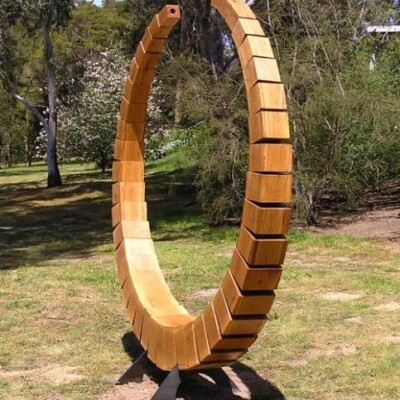
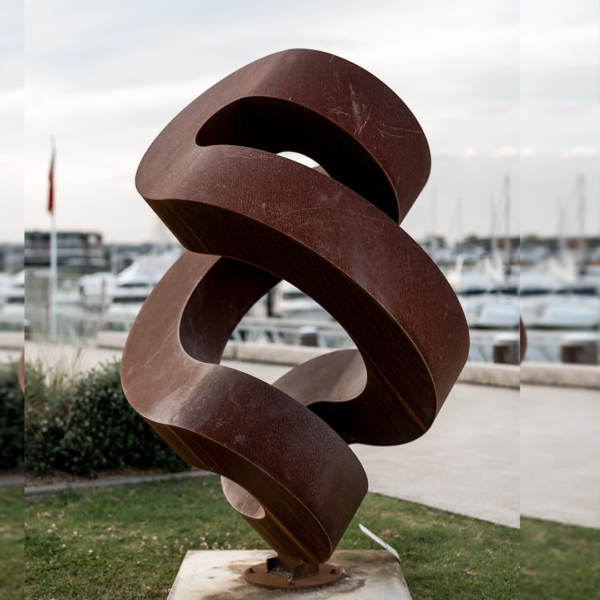
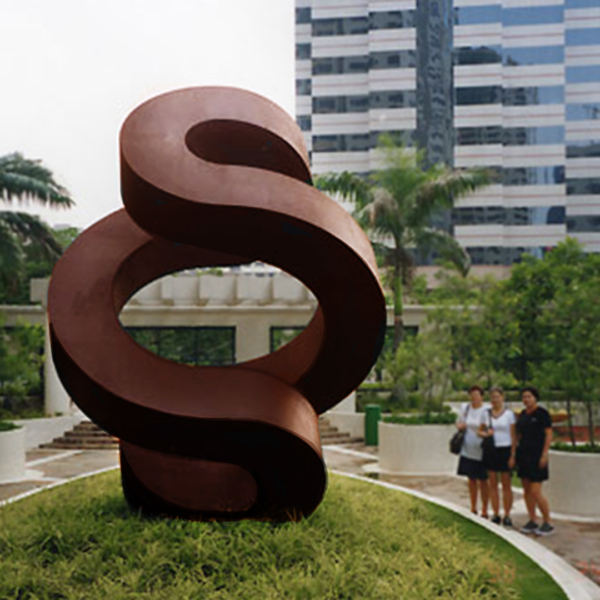
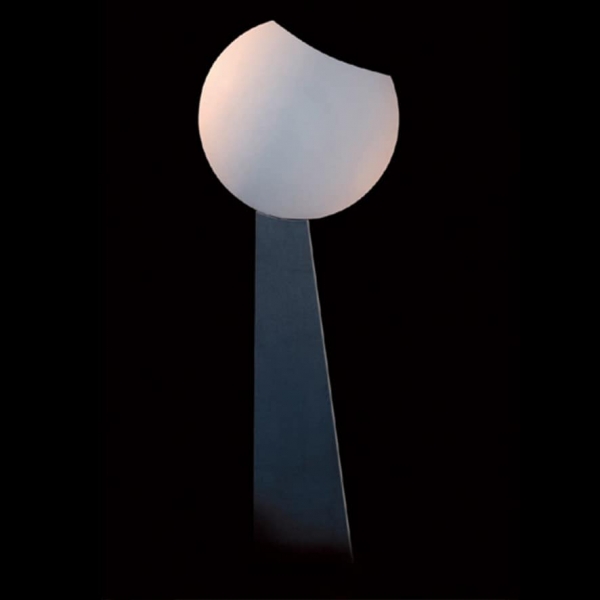
![CORTEN-STEEL-,outdoor,landmark]-david-ball-australian-sculpture](https://artpark.com.au/wp-content/uploads/2021/06/Helix-460cm-CORTEN-STEEL-cortenoutdoorlandmark-david-ball-australian-sculpture-600x600.jpg)
![Helix-II--360cm-CORTEN-STEEL-[corten,outdoor,landmark]-david--ball-australian-sculpture](https://artpark.com.au/wp-content/uploads/2021/06/Helix-II-360cm-CORTEN-STEEL-cortenoutdoorlandmark-david-ball-australian-sculpture-600x600.jpg)
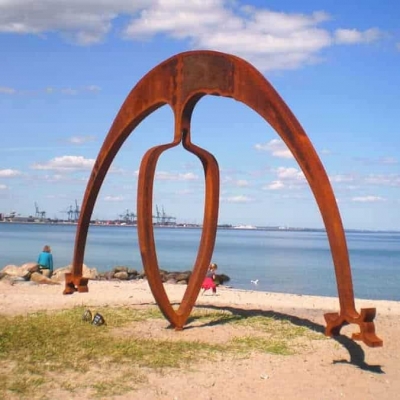


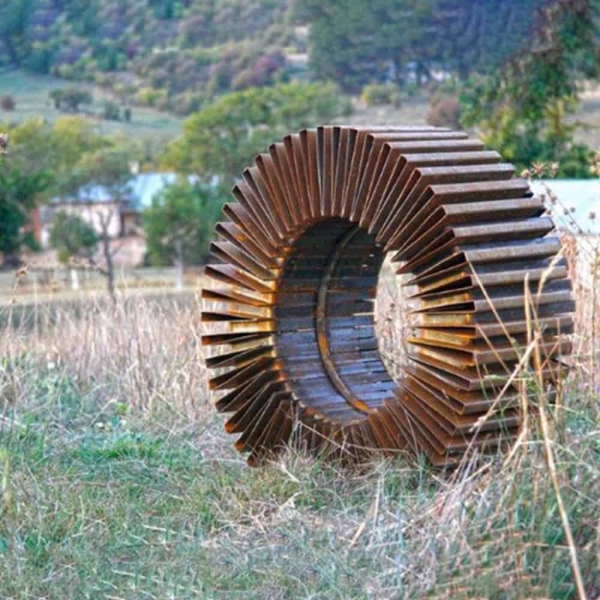
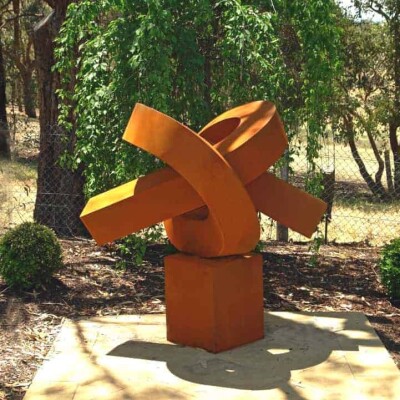
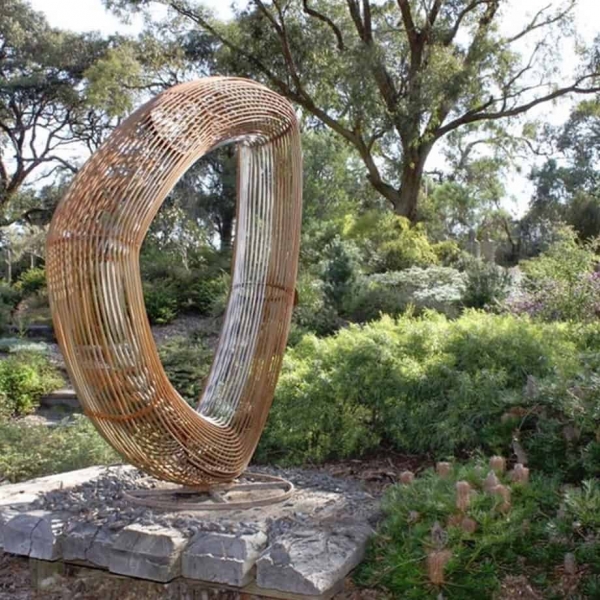
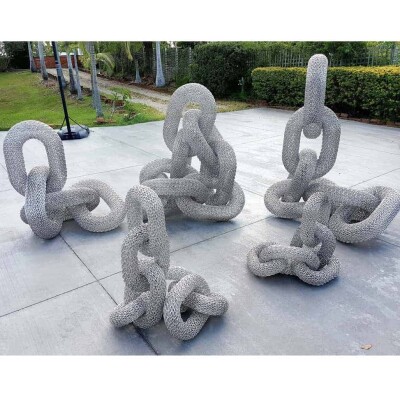

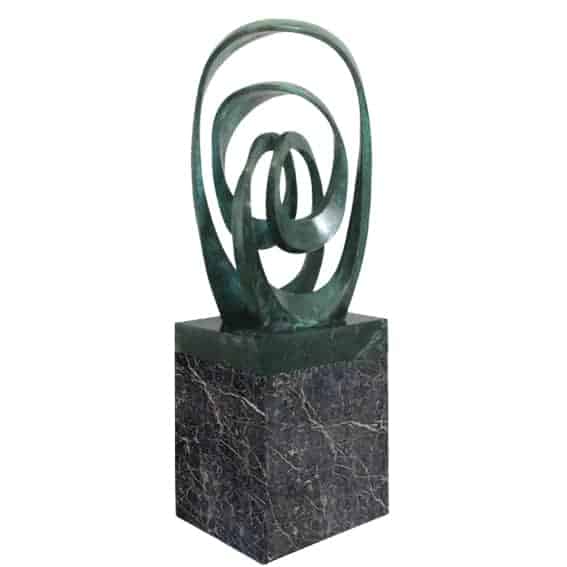
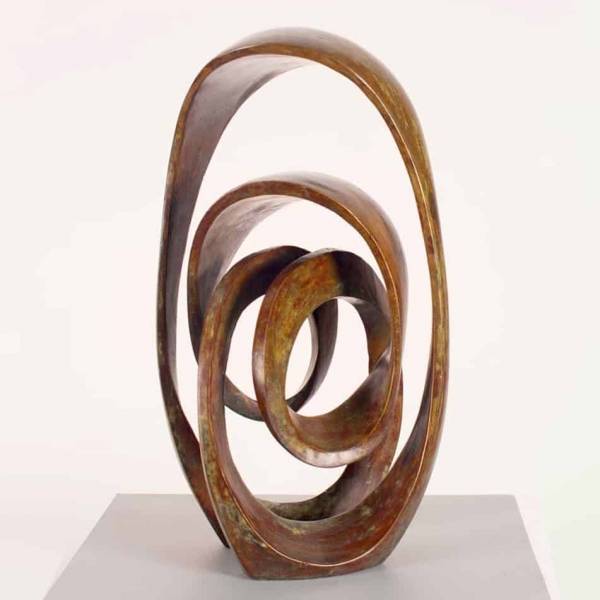
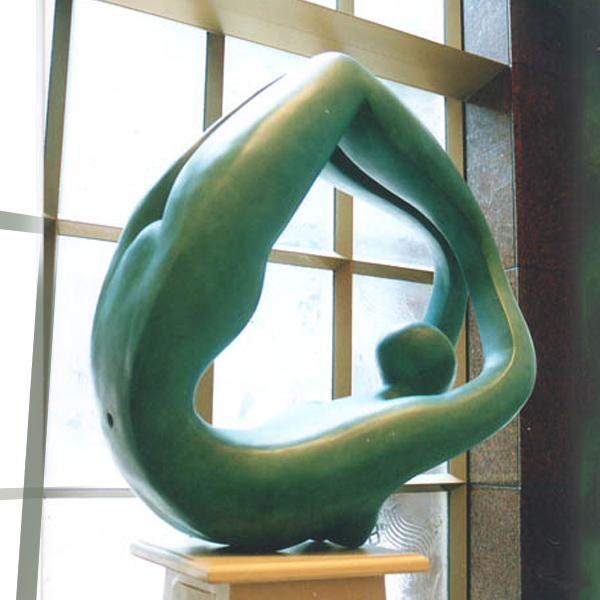
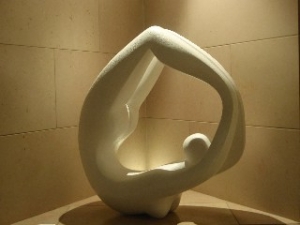
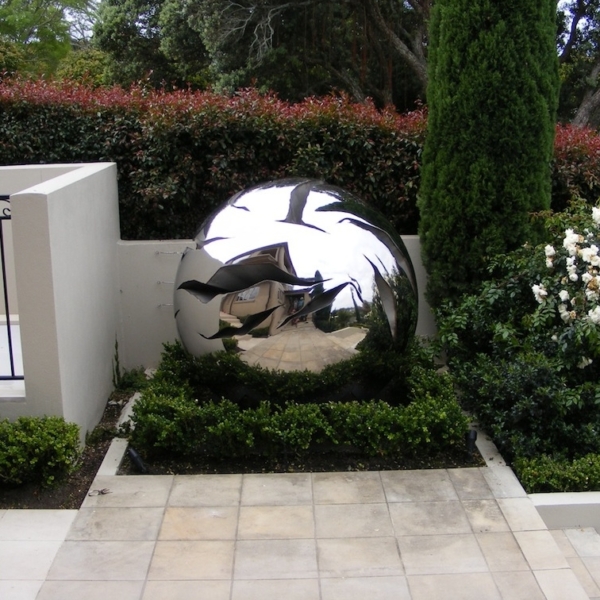
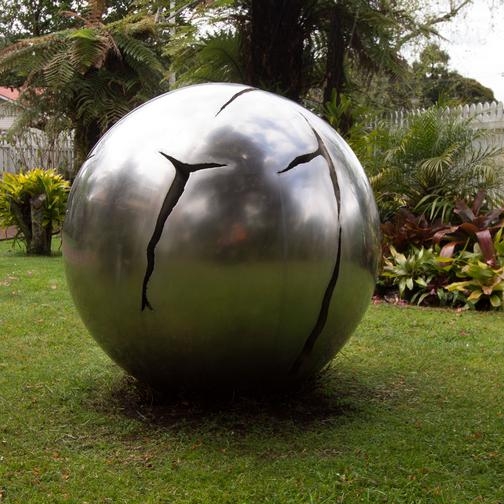
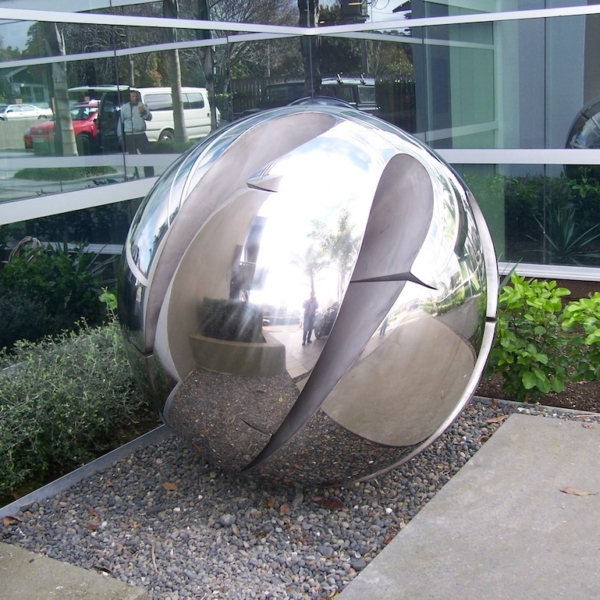

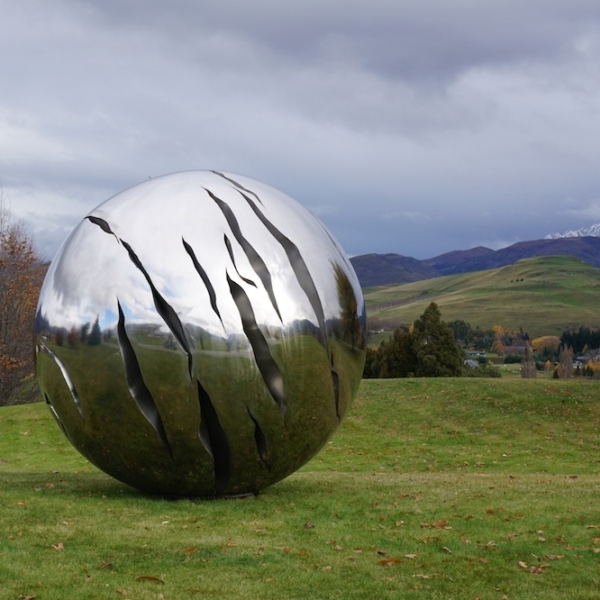
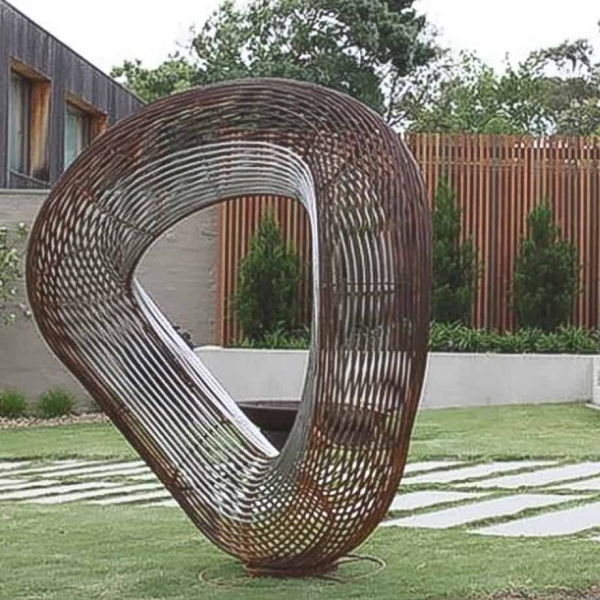
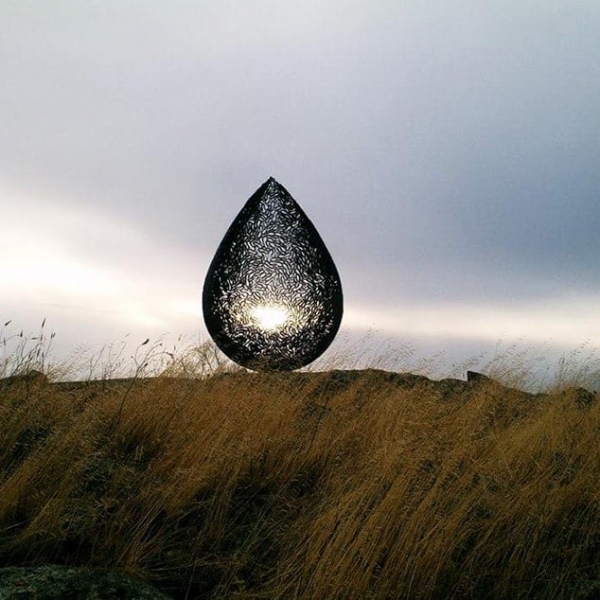
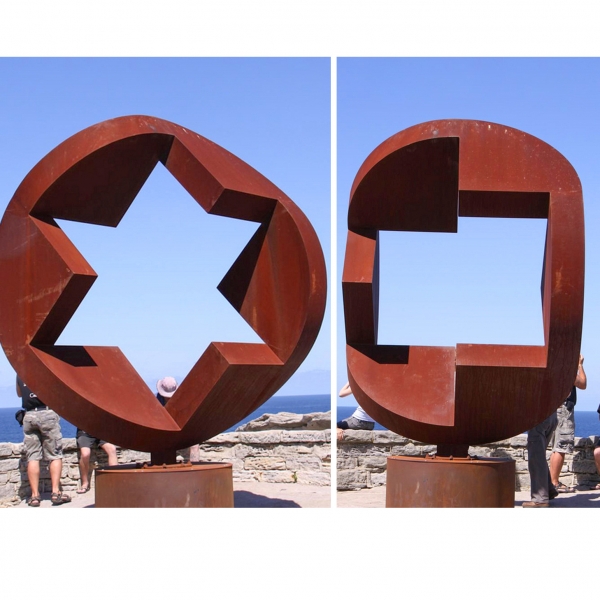

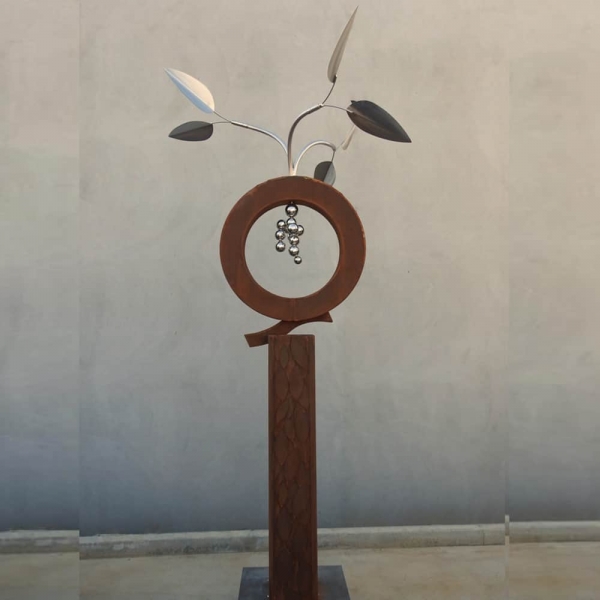
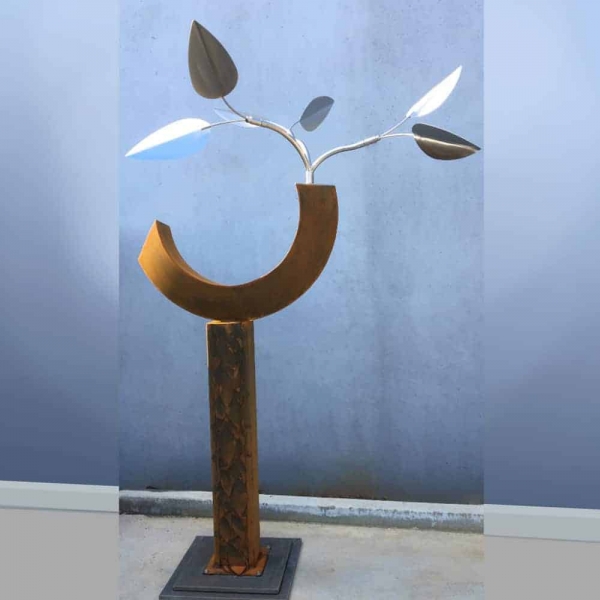
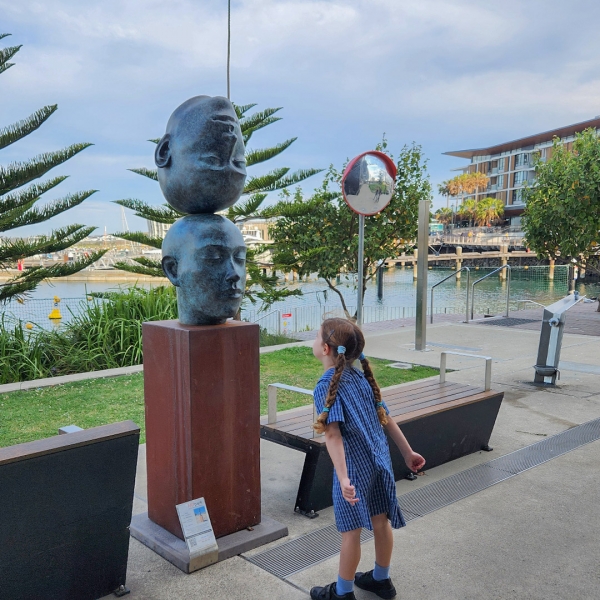
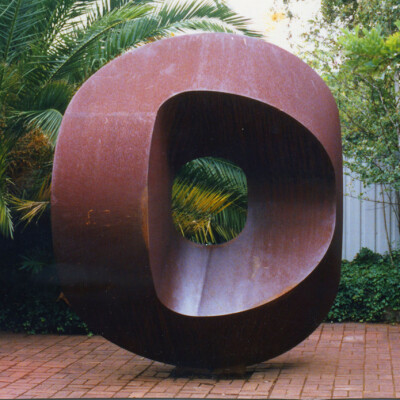
![Ring-450cm-CORTEN-STEEL-[corten,outdoor,landmark]-david-ball-australian-sculpture](https://artpark.com.au/wp-content/uploads/2021/06/Ring-450cm-CORTEN-STEEL-cortenoutdoorlandmark-david-ball-australian-sculpture-1-600x600.jpg)
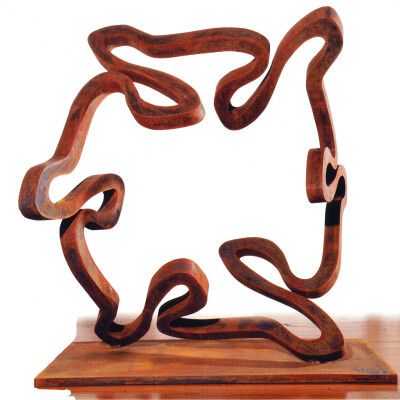
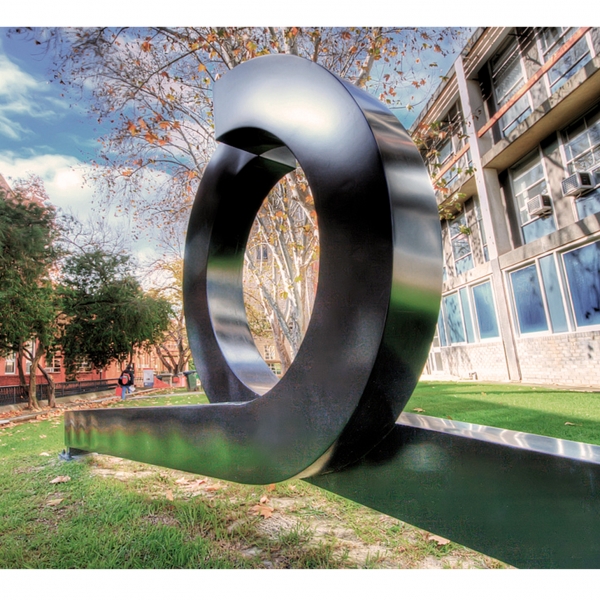
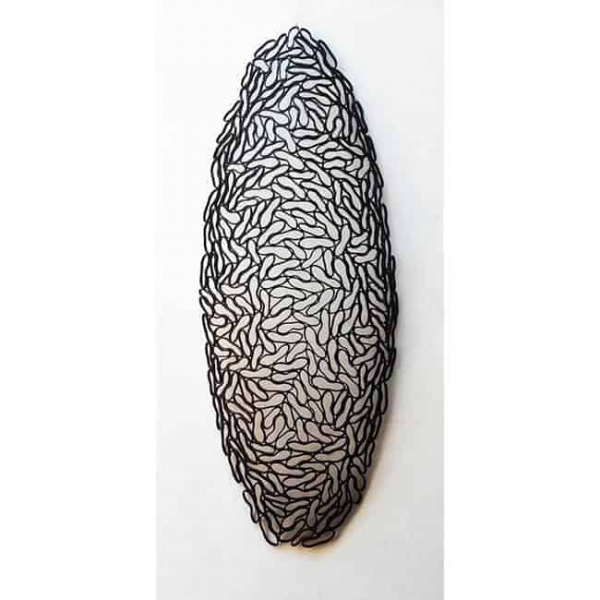
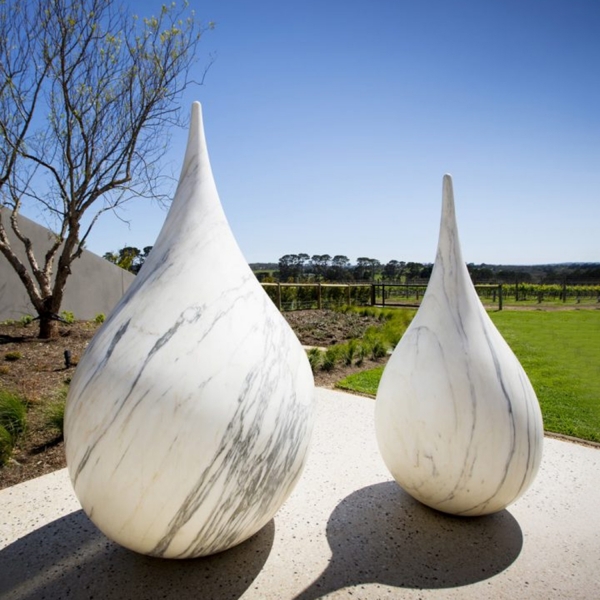


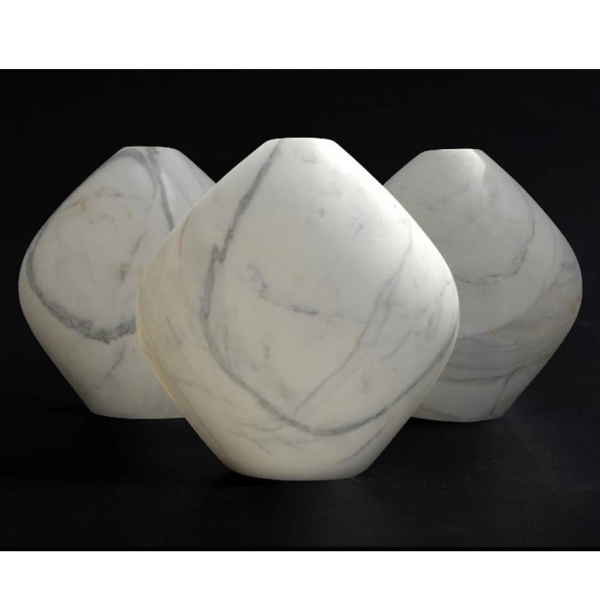
![Silver-silohette-leaves-270cm]--STAINLESS---[stainless,outdoor,-free-standing]australian-garden-leaves-sculpture-native-australia](https://artpark.com.au/wp-content/uploads/2022/09/Silver-silohette-leaves-270cm-STAINLESS-stainlessoutdoor-free-standingaustralian-garden-leaves-sculpture-native-australia-600x600.jpg)
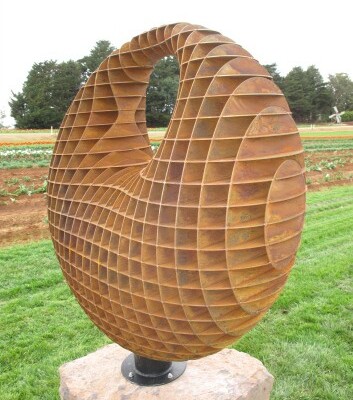

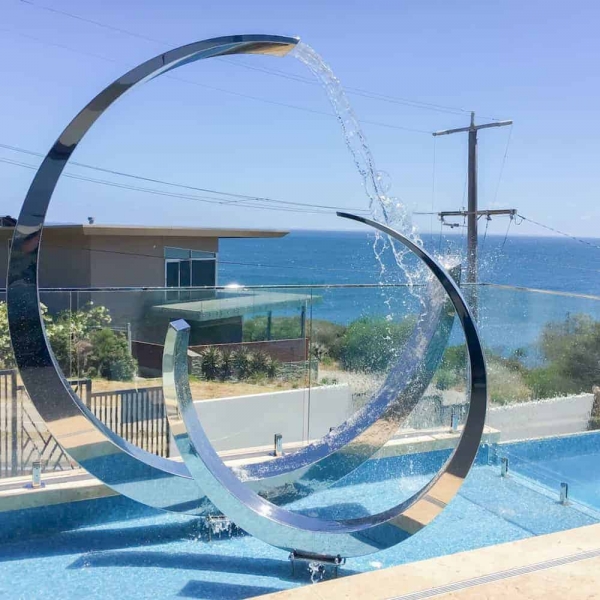
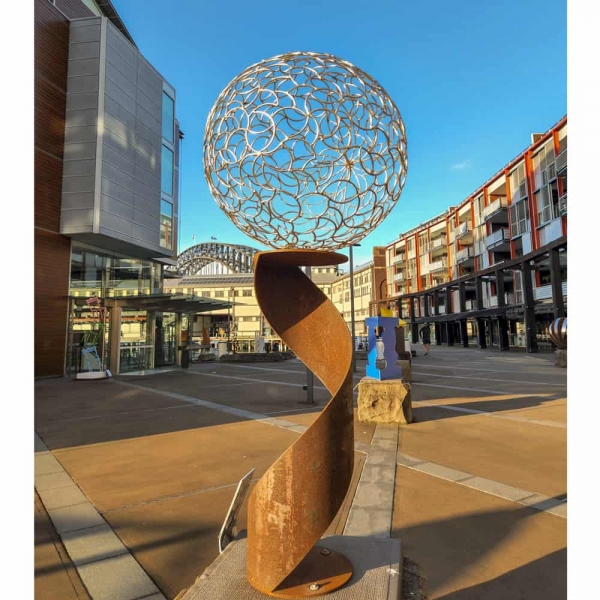

![Split--Ring-360cm-CORTEN-STEEL-[corten,outdoor,landmark]-david--ball-australian-sculpture](https://artpark.com.au/wp-content/uploads/2021/06/Split-Ring-360cm-CORTEN-STEEL-cortenoutdoorlandmark-david-ball-australian-sculpture-600x600.jpg)


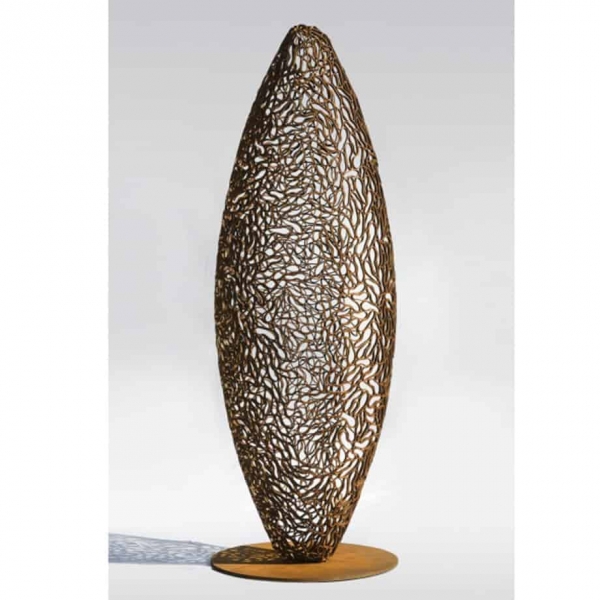
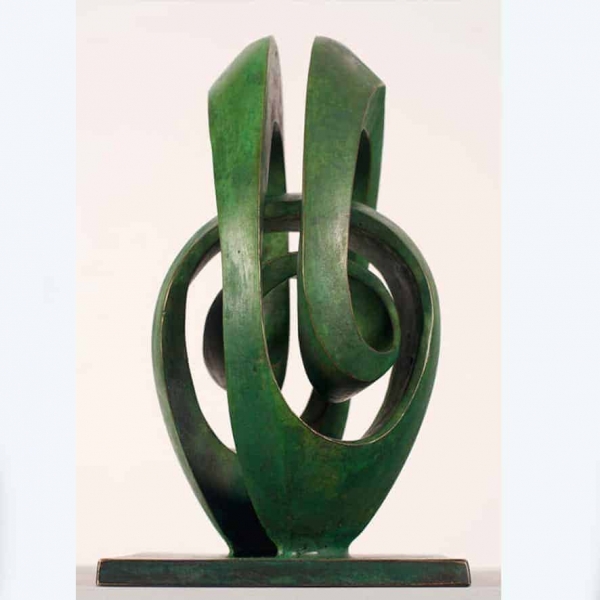
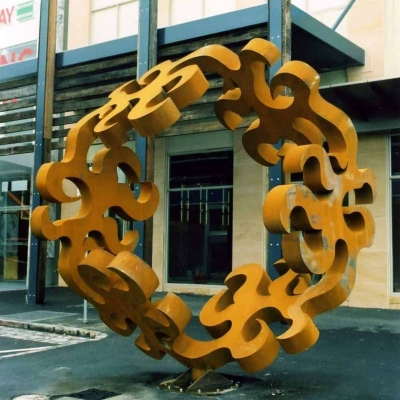

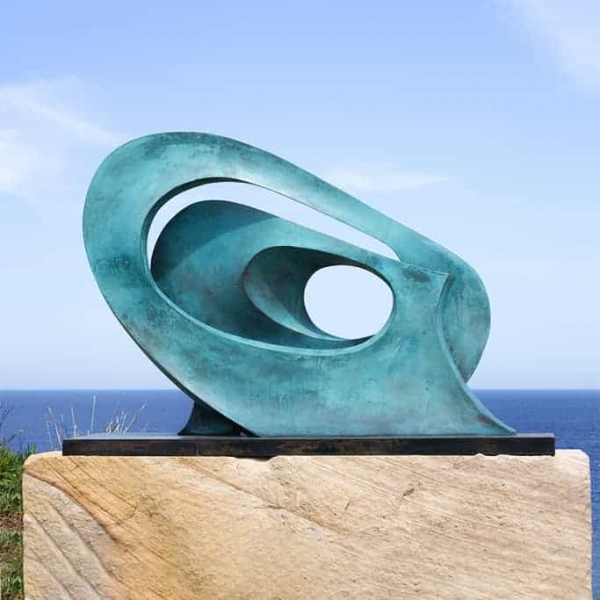

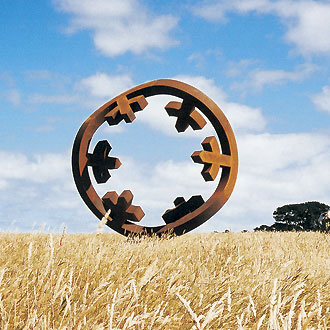

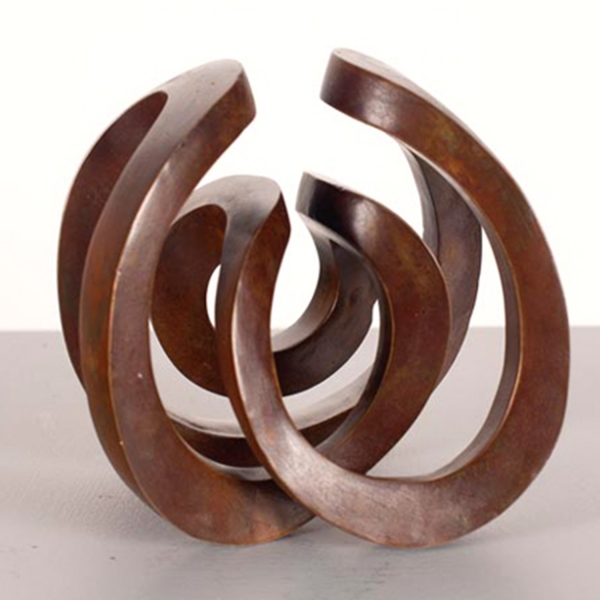

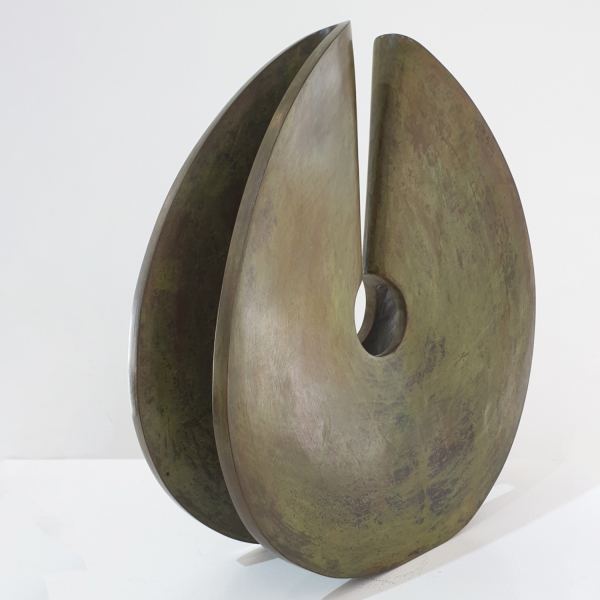
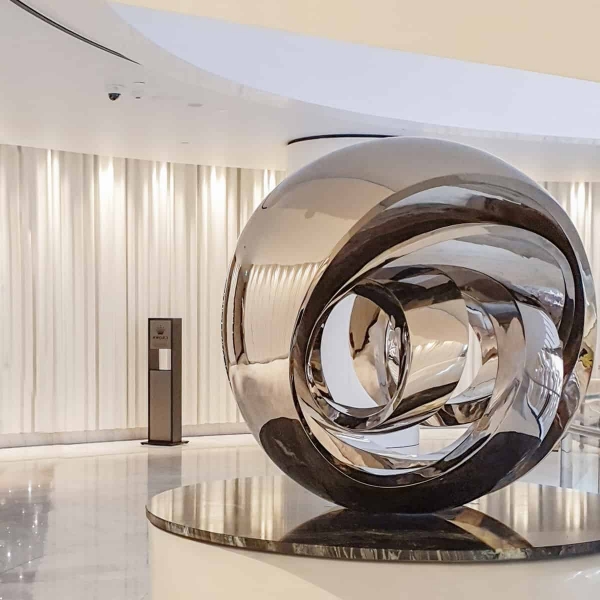
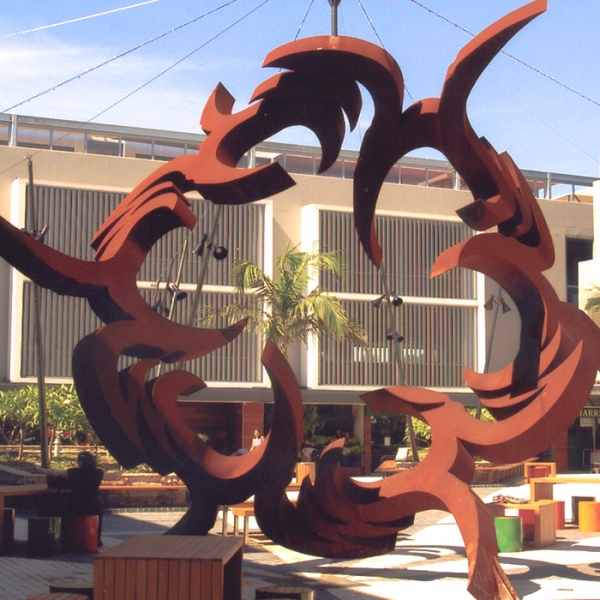
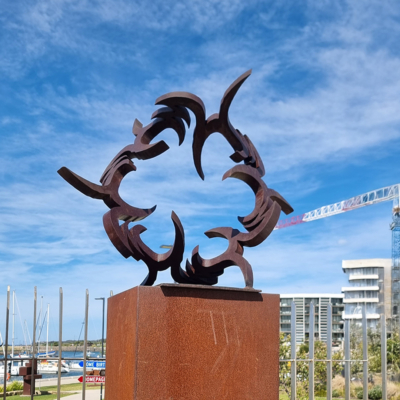


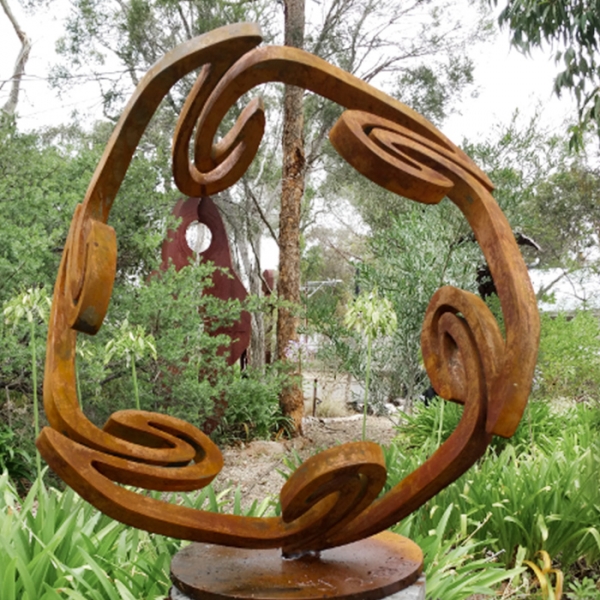

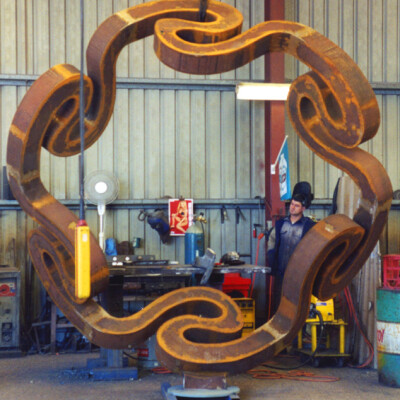


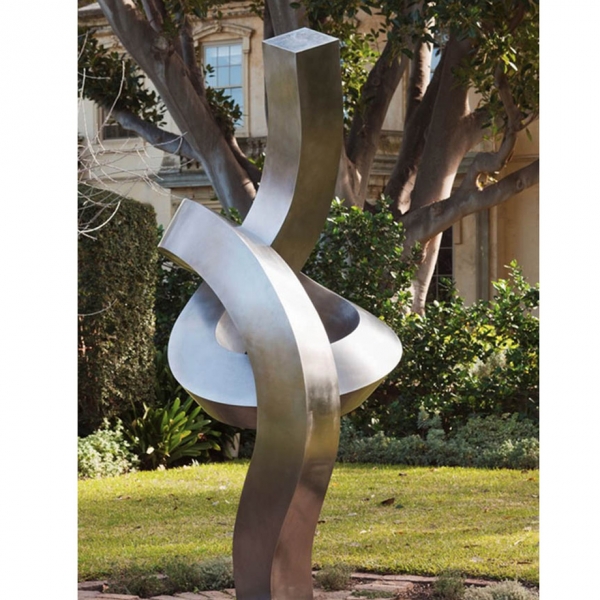
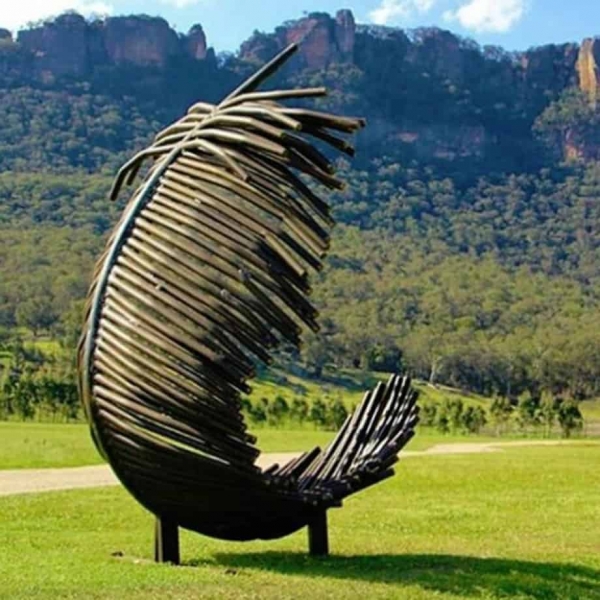
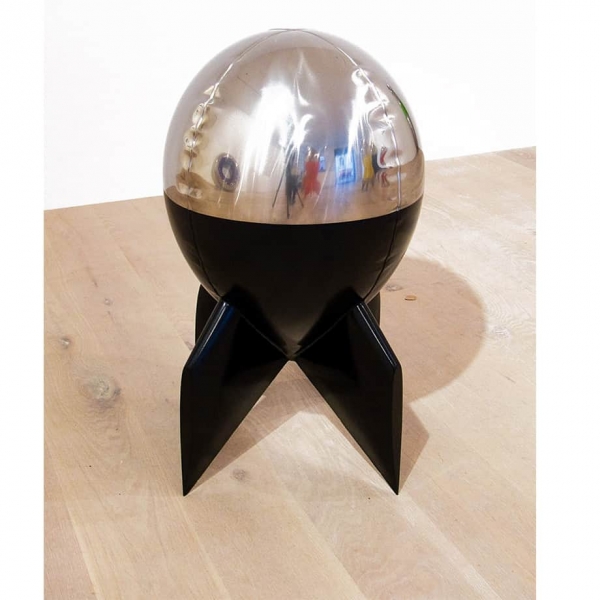
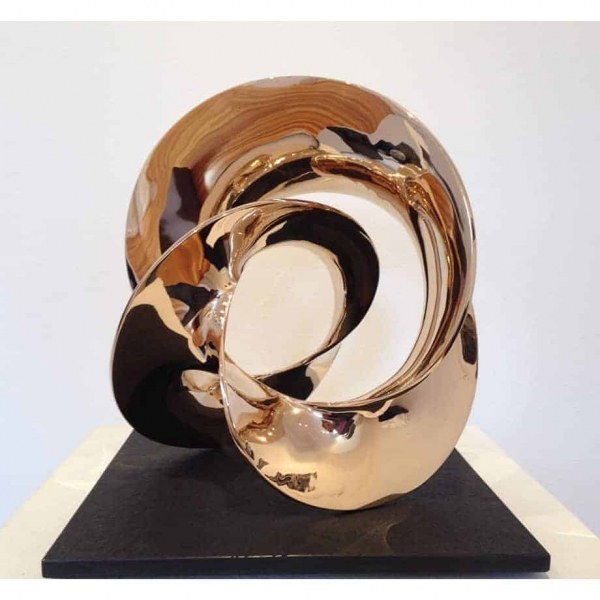

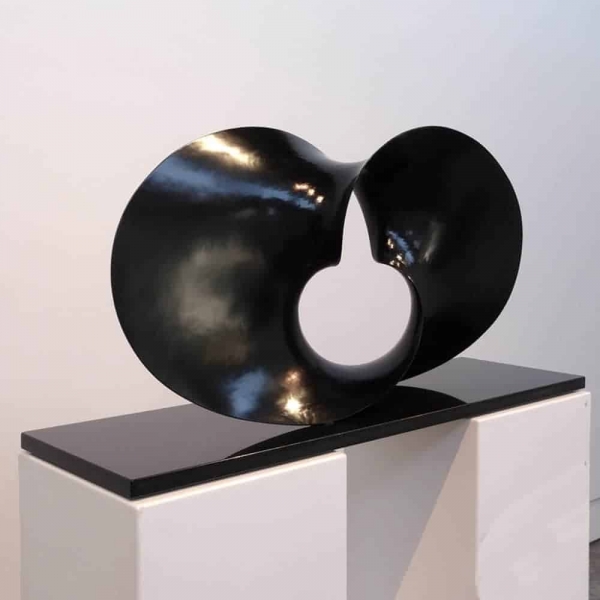



![Lissajous 70cm [stainless-steel]](https://artpark.com.au/wp-content/uploads/2022/07/BS-lissajous_70x65x30cm-400x400.jpg)
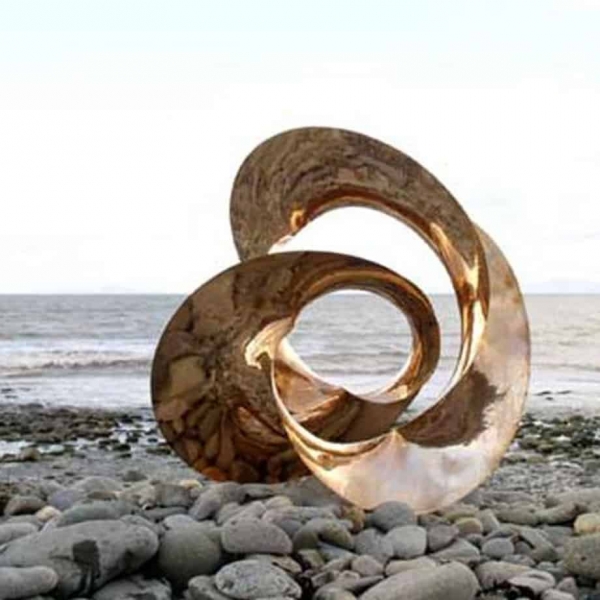
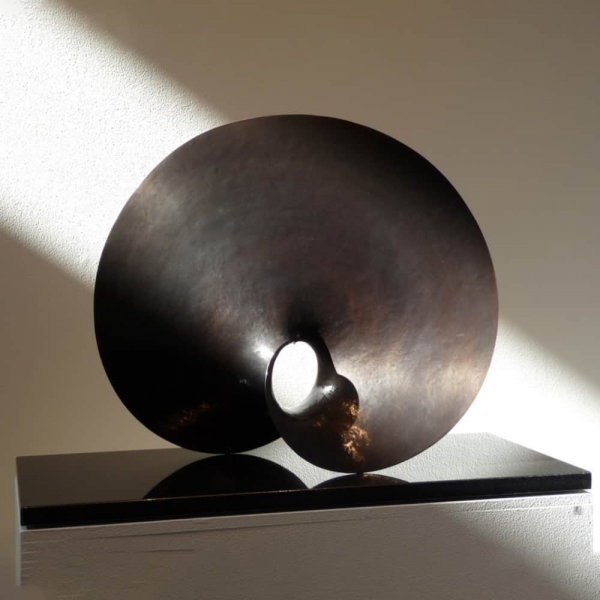
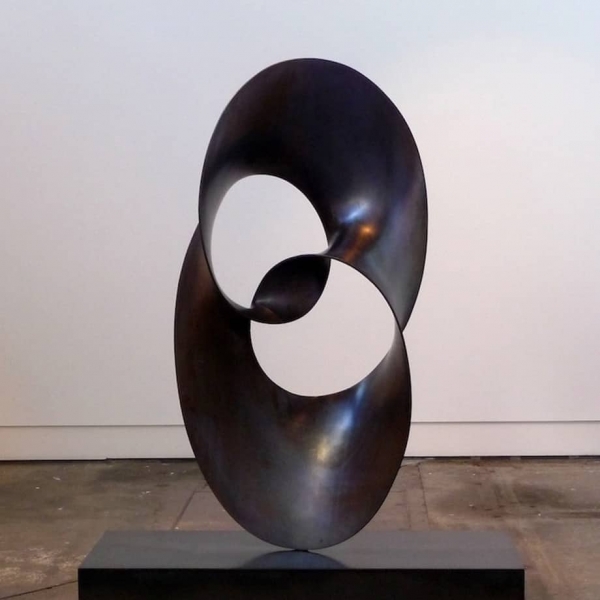

![Luminality - 180cm [Copper]](https://artpark.com.au/wp-content/uploads/2022/07/Luminality180cm-COPPER-Free-standingOutdoor-Ben-Storch-sculpture-australian-abstract-twisted-form-art-600x600.jpg)
![Cycles - 210cm [Corten-steel]](https://artpark.com.au/wp-content/uploads/2022/07/Cycles-2-210x210x70cm-MR-1-600x600.jpg)
![Luminality - 180cm [Corten-steel]](https://artpark.com.au/wp-content/uploads/2022/07/Luminality180cm-CORTEN-CortenFree-standingOutdoor-Ben-Storch-sculpture-australian-abstract-twisted-form-art-600x600.jpg)

![Motion III - 250cm [Coated]](https://artpark.com.au/wp-content/uploads/2022/07/Motion-3-in-red-250cm-Bronze-TabletopBen-Storch-sculpture-australian-abstract-twisted-form-art-600x600.jpg)
